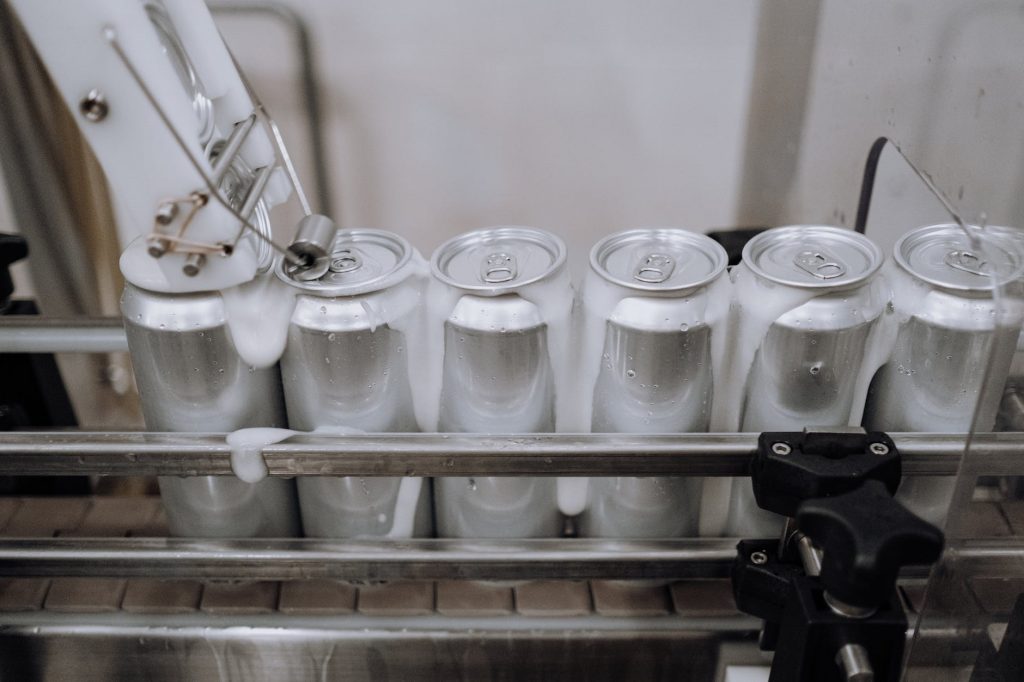Producer Price Index and its Influence on Currency Value

The Producer Price Index (PPI), often considered a leading economic indicator, is a statistical measure that tracks changes in the prices of goods and services from the perspective of the producer. It is a critical tool for economic analysis and decision-making in various fields, especially in understanding currency market movements.
Understanding The Producer Price Index
The PPI looks at three areas of production: commodity-based, industry-based, and the final demand-intermediate demand (FD-ID) system. It measures the average changes in the selling prices received by domestic producers for their output. Unlike the Consumer Price Index (CPI), which measures price changes from the consumer’s perspective, PPI captures price changes at the producer or wholesale level before they reach the retail market.
Many factors can influence the PPI, such as changes in production costs, including labor and raw materials, and changes in supply and demand dynamics. The PPI is published monthly by the Bureau of Labor Statistics (BLS) in the United States and similar organizations worldwide.
The Relationship Between The Producer Price Index & The Value of A Currency
The PPI is closely watched by economists and investors as it can signal future inflationary pressure in an economy. Since it measures price changes at the beginning of the supply chain, increases in PPI often trickle down to consumers, causing an increase in the CPI.
An upward trend in PPI hints at potential inflation, as producers may pass on higher production costs to consumers. Central banks often respond to high inflation by raising interest rates to slow down economic activity and keep inflation within a target range. Higher interest rates make a country’s currency more attractive to foreign investors, leading to an increase in the currency’s value.
Conversely, a lower PPI might indicate decreased demand for goods and services, which could lead to an economic slowdown. In this case, a country’s central bank might lower interest rates to stimulate economic activity. Lower interest rates can make a country’s currency less attractive to foreign investors, leading to a decrease in the currency’s value.
The Producer Price Index is a vital economic indicator that can provide early signals of inflation or deflation. By tracking changes in PPI, investors and economists can anticipate economic trends and potentially forecast shifts in the currency market. However, many other factors can influence currency value, including other economic indicators, geopolitical events, and fiscal policies. Thus, while PPI is a valuable tool, it’s essential to consider it within the context of a broader economic analysis.

